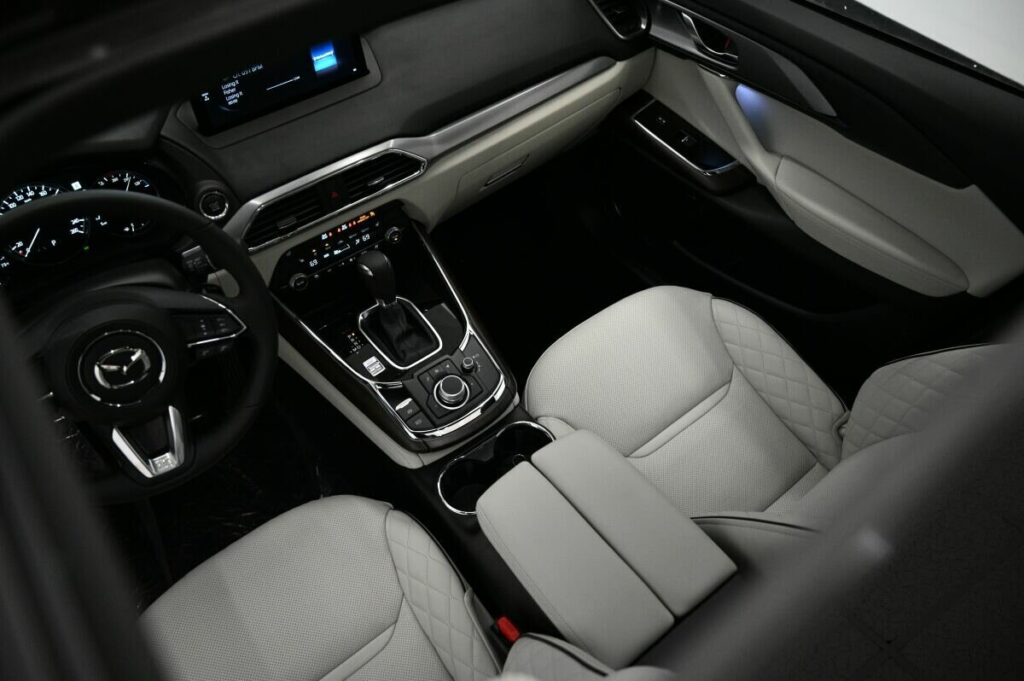
What’s In Your Glovebox?
For some drivers, the car glovebox becomes a junk drawer on wheels, filled with things we may or may not ever need but weren’t ready to throw away at the time. Back in the day, motorists used gloveboxes for gloves. Today, there may be some better items to store in there, making your glovebox more of a mobile preparedness box.
If you’ve ever had to dig through fast-food napkins, out-of-print maps, and a collection of crazy straws from the amusement park you visited last year to find your insurance and registration information, you can appreciate the value of an organized and well-appointed glovebox.
Here are some things to consider keeping in there:
Insurance and registration: For obvious reasons, you’ll want to be able to find your documents easily.
Owner’s manual: So you turned the key and a dash light came on with a triangle, an exclamation point, and three wavy lines. What does that even mean? Keep the owner’s manual handy to solve auto-related mysteries as they arise.
Spare fuses: If your power adapter stopped working, chances are good it needs a fuse replaced. Keep an assortment of the fuses your car uses in the glovebox for quick DIY fuse replacements if you’re not near an auto parts store.
Emergency contact information: Maybe you have your emergency contact Information in your phone. However, maybe your phone also locked is with a password. Consider keeping a written copy of your emergency contact information in your glovebox. Accidents happen, and you may not be able to provide this information if you’re injured.
Medical information: Similarly, you may have special medical needs or even allergies to certain medications. If this is the case, consider keeping a written copy of your medical information in your glovebox.
Pen and paper: In the digital world, we often use our phones to take notes, etc. However, it’s good to have a backup plan. Keeping a pen and paper in the glovebox makes you prepared to take notes or document an accident (for example) if your phone is inoperable.
Other optional glovebox items:
– Napkins and tissues
– A flashlight
– Multi-tool
If you have a center console, you can split the payload between the glovebox and center console or other easy-to-reach storage. Fewer things in each compartment make it easier to find whatever you may need without digging.
If you’ve owned a car long enough you know that glovebox inventory can grow inexplicably over time, eventually leading to a cluttered mess. It can help to set a schedule for staying organized by checking the glovebox whenever you wash the car, change the oil, or — pick an event that fits your routine.
It’s also a good idea to keep an emergency kit in the car, which may include a first aid kit, water, emergency blankets, or other preparedness items tailored to where you live or where you’ll be traveling.